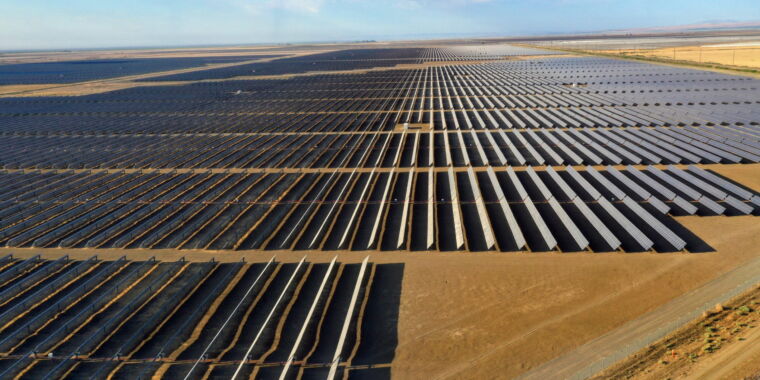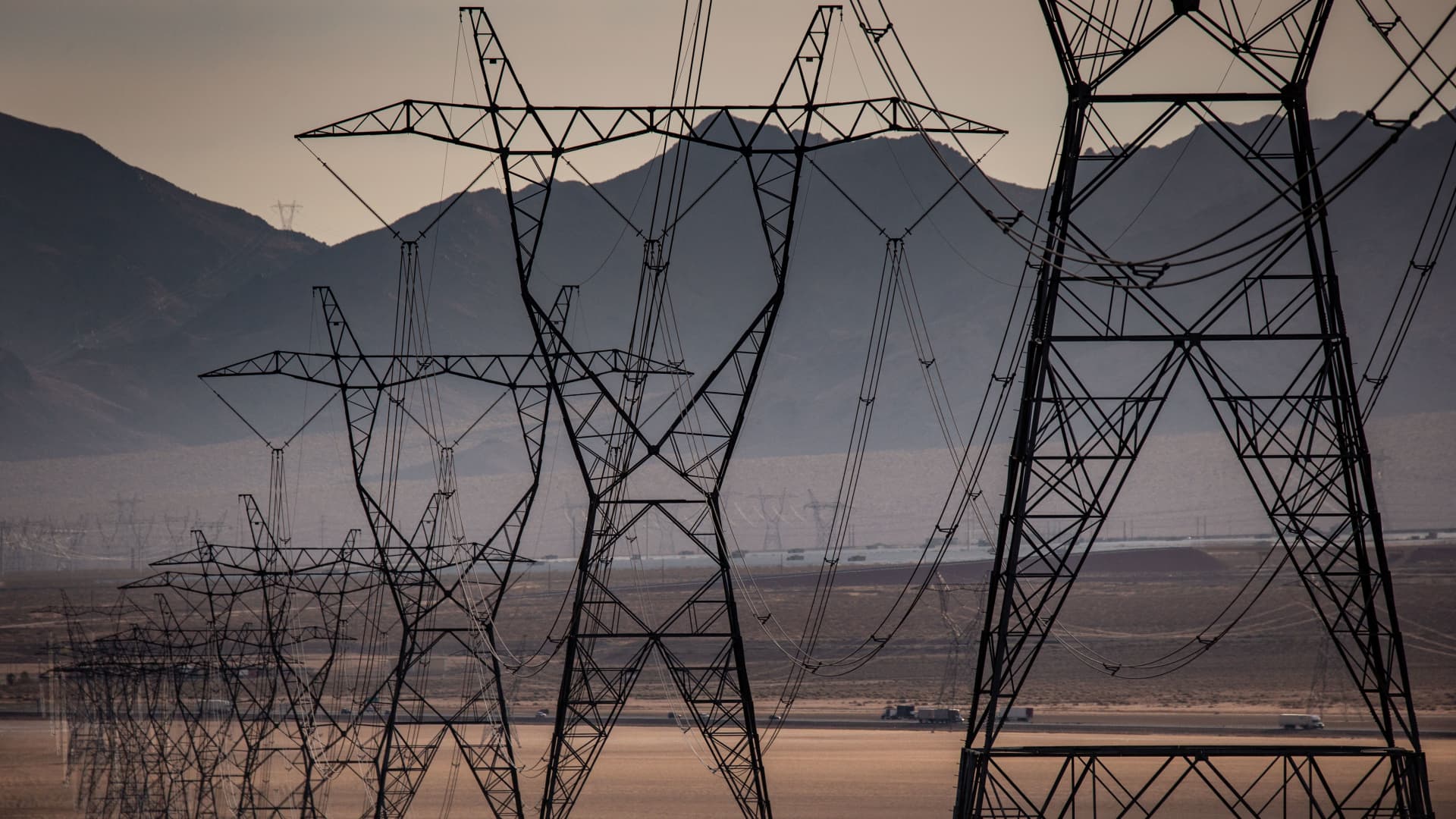Silver Lifetime
- Messages
- 42,668
- Reactions
- 110,786
I don't disagree with your post, but I would point out that a septic system drainage field is not buried anywhere near as deep as a geothermal exchange system that is vertical.I may be a special case, but there is no way that a system that I describe can harm the ground water any worse that my septic system, and not even close to that!
If the exchange is open loop then yes, the water goes back into the ground, but a closed loop adds no water to the ground, only heat.



















